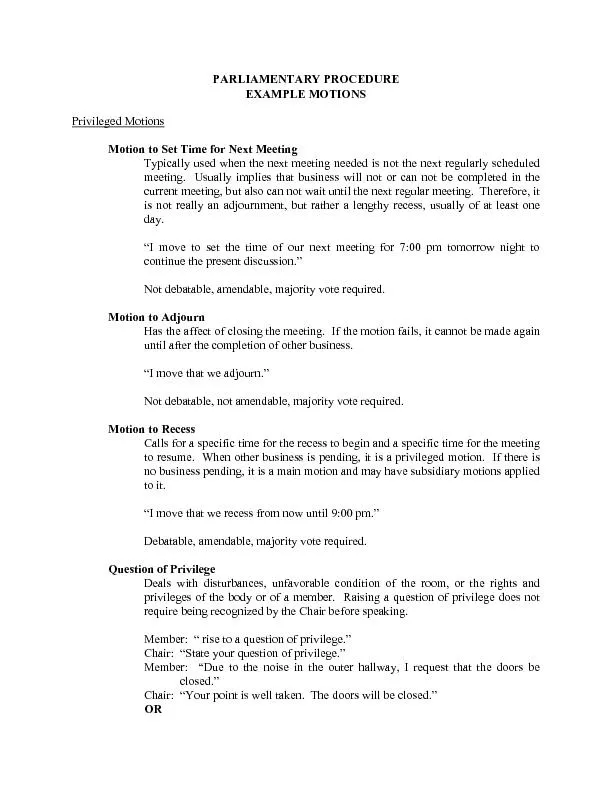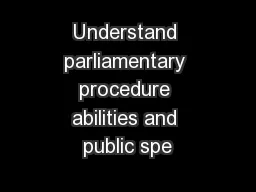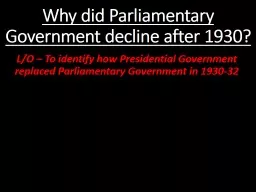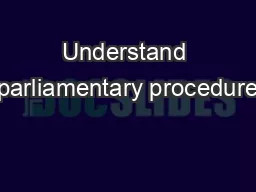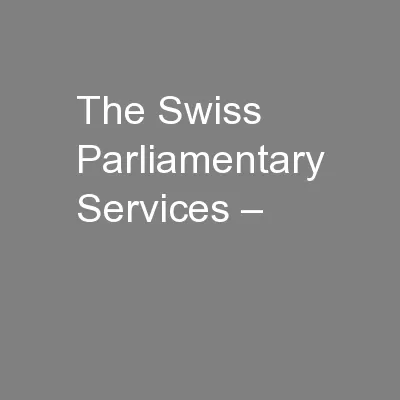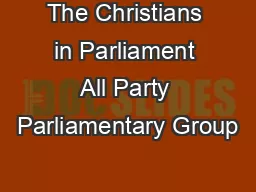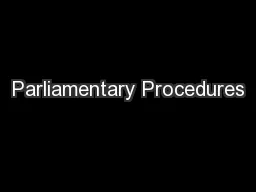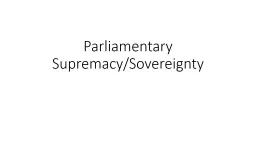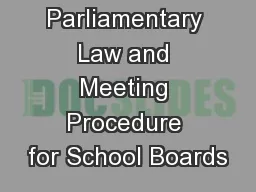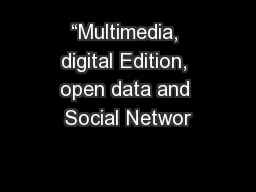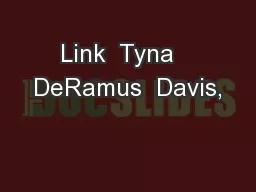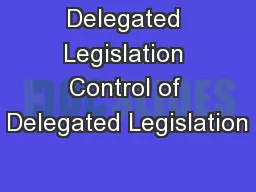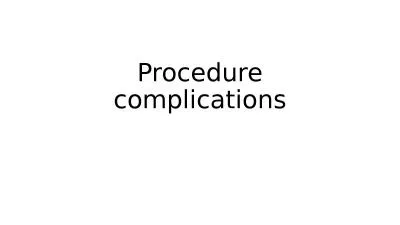PDF-PARLIAMENTARY PROCEDURE
Author : alida-meadow | Published Date : 2016-05-09
EXAMPLE MOTIONS Privileged Motions Motion to Set Time for Next Meeting Typically used when the next meeting needmeeting Usually implies that business will not or
Presentation Embed Code
Download Presentation
Download Presentation The PPT/PDF document "PARLIAMENTARY PROCEDURE" is the property of its rightful owner. Permission is granted to download and print the materials on this website for personal, non-commercial use only, and to display it on your personal computer provided you do not modify the materials and that you retain all copyright notices contained in the materials. By downloading content from our website, you accept the terms of this agreement.
PARLIAMENTARY PROCEDURE: Transcript
EXAMPLE MOTIONS Privileged Motions Motion to Set Time for Next Meeting Typically used when the next meeting needmeeting Usually implies that business will not or can not be completed in the curren. Procedure. Donna Parton. Assistant Administrator, Leadership Training. Florida District of Key Club International. . A good chairman is one who inspires confidence by his assurance, and who keeps the assembly informed at all times as to what is before them for consideration and vote.. Objective 1.02. Parliamentary Law Basics . Objectives . Focus on one item at a time. Helps prevent confusion.. Extend courtesy to everyone. You should be recognized before speaking. . Observing the rule of the majority keeps unpopular ideas from being adopted. . L/O – To identify how Presidential Government replaced Parliamentary Government in 1930-32. Decline of Parliamentary Government. After 1930 democracy declined as Germany moved from parliamentary government to presidential government, and then to . Objective 1.02. Parliamentary . Law Basics. Robert’s Rules of Order is the book of authority. Assures that all sides of an issue are treated fairly and that everyone has an opportunity to discuss and vote. Warning: inappropriate resource. Cassetteboy’s. Cameron Conference Rap (YouTube) is inappropriate for viewers under the age of 18. Students should avoid this resource. . In particular, they should avoid viewing it on handheld devices unconnected to the school . tasks, principles and challenges. By. Philippe Schwab, . Secretary. General . of. . the. Federal . Assembly. . of. . Switzerland. | March 2015. “It is not the ship so much as the . skilful. and the All Party Parliamentary Group for International Freedom of Religion o r Belief joint report on The Persecution of Christians in Iran This is not an official publication o f the House of Commo AIM: . How can delegates’ command of vocabulary, procedures and points & motions improve their effectiveness of representing their country at Model UN?. Do Now. : Why do we need rules and regulations? . What is Parliamentary Supremacy (sovereignty)? . Established in Bill of Rights 1689. Explained by Dicey (1885) – as a democratically elected body, Parliament is the supreme law-making body in the country. Roger Hanshaw. Professional Registered Parliamentarian. Certified Professional Parliamentarian. Bowles Rice LLP. Charleston, West Virginia. What rules must you follow?. Provisions of local, state, and federal law. Javier de Andrés, . Director of the Congress ICT Centre. Miguel . Ángel . Gonzalo, . W. ebmaster. Agenda. Opening. . Parliament. Transparency. Accountability. Participation. Opening. . parliament. EdD. , PRP. National Parliamentarian. Link Tracey Morant Adams, NAP. Southern Area Parliamentarian. . Parliamentarian: . The Power of Order!. 3. Today we will review the Basics of Parliamentary Procedure. 1. Objectives. Describe. parliamentary controls on delegated legislation. Describe. judicial controls on delegated legislation. Evaluate. the effectiveness of these controls. 2. Key Terms and Case Law. All disorders temporally related to procedures (except surgical procedures) would be considered to have a causal relationship to that procedure and thus be considered to be complications. For surgical procedures, an unanticipated outcome temporally related to the surgery would have a parent of 116223007 |Complication (disorder)|but no due to relationship to <<387713003 |Surgical procedure (procedure)|(e.g. postoperative or intraoperative complications) unless specifically stated or implied by the FSN as being due to the surgery..
Download Document
Here is the link to download the presentation.
"PARLIAMENTARY PROCEDURE"The content belongs to its owner. You may download and print it for personal use, without modification, and keep all copyright notices. By downloading, you agree to these terms.
Related Documents

